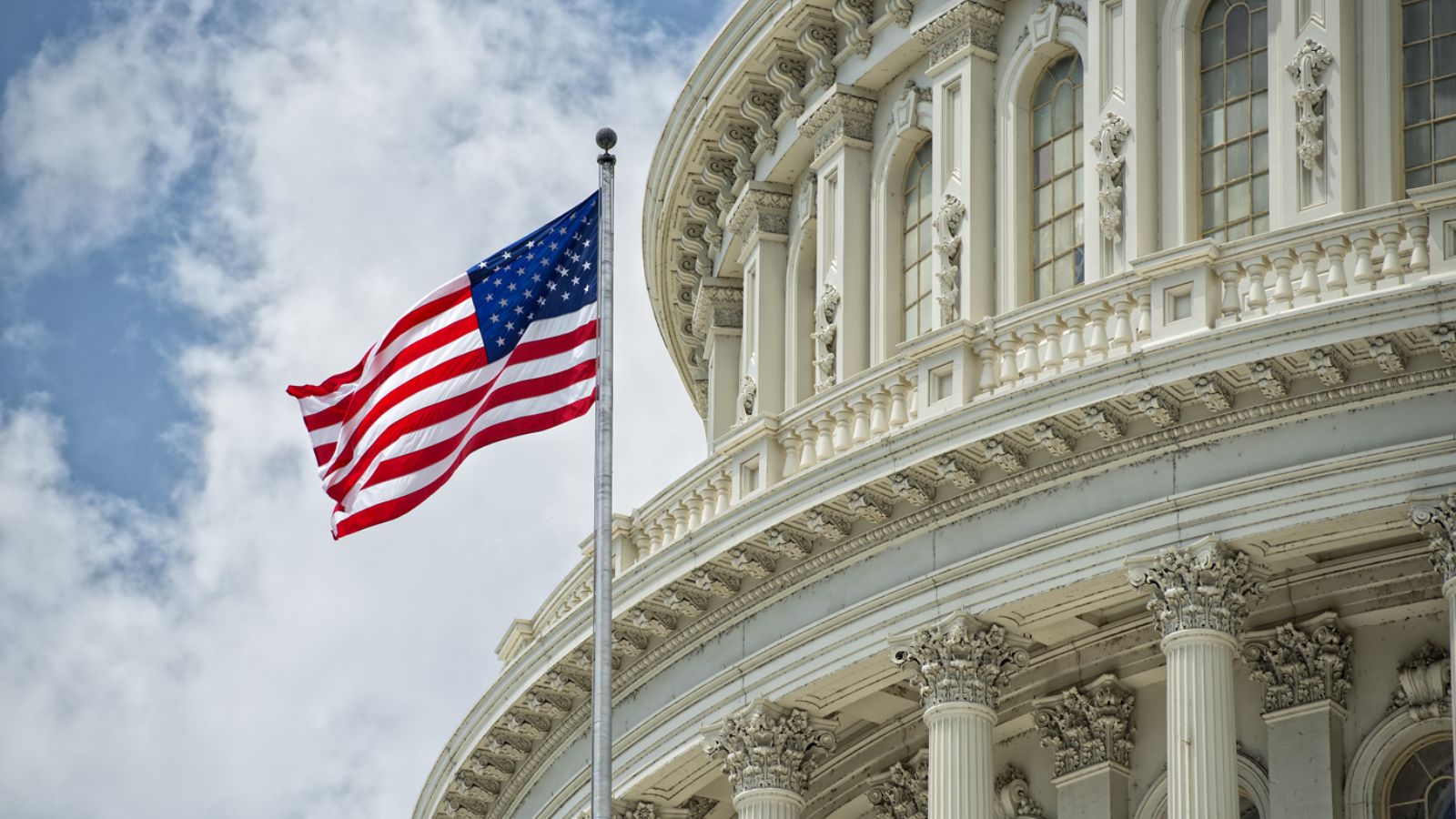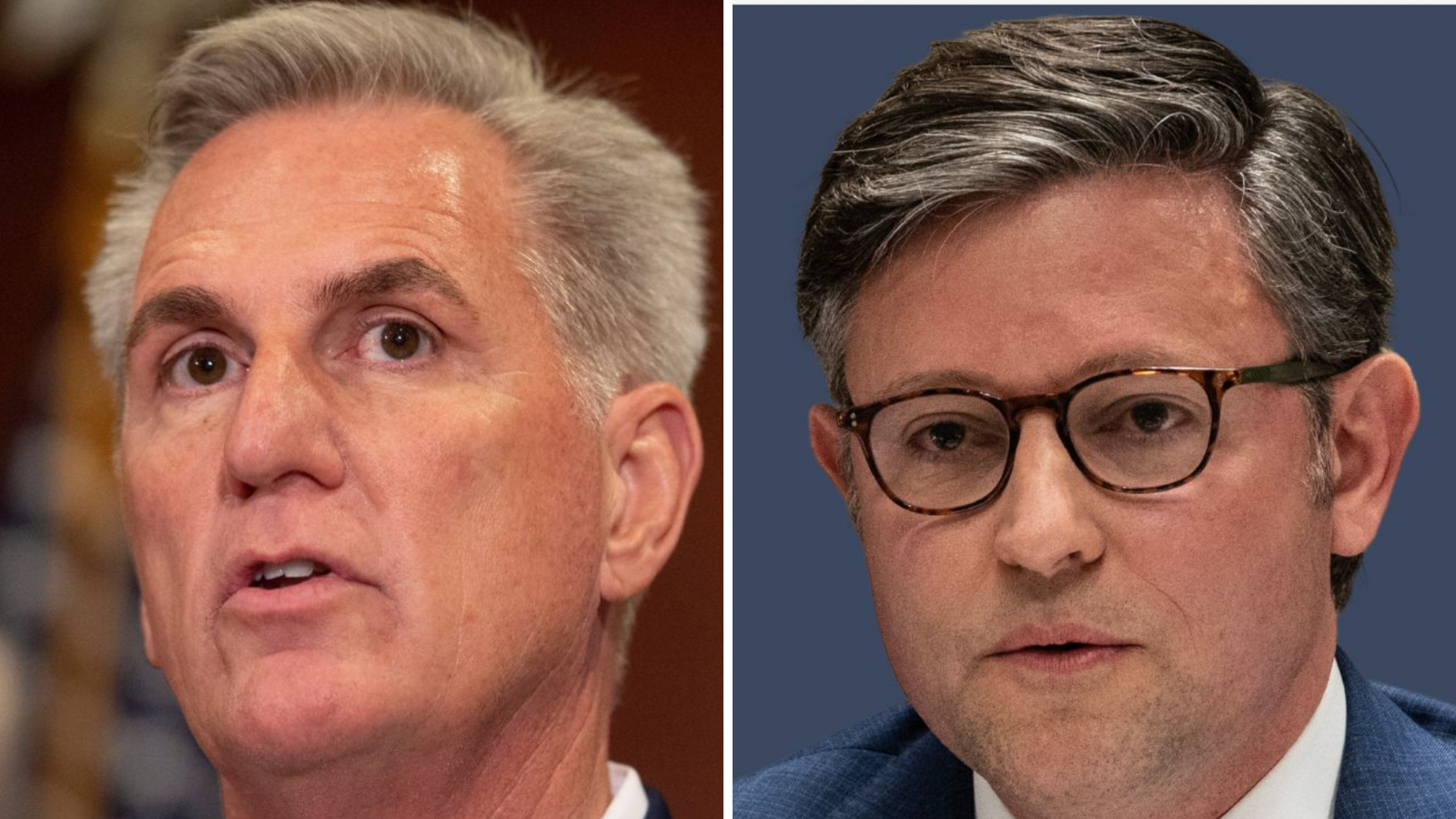President Joe Biden has proposed expanding the Social Security Old Age and Survivors Insurance Trust (OASI) to assist in closing the $22.4 trillion budget gap shown in the 2023 Trustees Report since the trust’s funds will run out by 2033.
Benefit Cuts of up to 23% For Retirees Beginning in 2033

In the event that the federal government is unable to address the gap, pensioners’ benefits may be reduced by up to 23% starting in 2033. While the majority of Biden’s proposed changes will impact high earners and corporate executives, who typically have retirement savings plans that are exponentially larger than those of the average American, some will also have an impact on middle-class and lower-class wage earners, particularly those who may eventually need to rely on Social Security benefits.
12.4% Tax Applied on Earned Income Below $160,200

Payroll taxes are now applied on earned income below $160,200. The rate is 12.4%. Over that level, earnings are free from OASI taxes. Biden intends to tax earned income beyond $400,000, exempting earnings up to $160,200 from taxation.
Cost-Of-Living Adjustment

Social Security payouts are evaluated and updated for inflation annually. This cost-of-living adjustment (COLA) is currently determined by the administration using the Consumer Price Index for Urban Wage Earners and Clerical Workers (CPI-W).
Not the Solution for Social Security Running Out of Money

However, this figure may not accurately represent the costs and way of life of retirees. Commuting COLA computations to values based on the Consumer Price Index for the Elderly won’t make Social Security’s funding crisis go away. However, it may put more money in the hands of Americans who are retired and most in need of it.
Perks of Hiking the Primary Insurance Amount

The Primary Insurance Amount (PIA) is a number that represents the amount of money you will receive from Social Security based on your Average Indexed Monthly Earnings (AIME) and the age at which you start claiming benefits. Raising the PIA for Americans between the ages of 78 and 82 will benefit those who face growing costs as they age, such as medical bills.
$1,033.50 per Month

Low-wage workers, regardless of their earnings throughout their employment, are entitled to a particular minimum benefit. A lifelong low-earner’s Social Security payments in 2023 would amount to barely $12,402 yearly, or $1,033.50 per month.
Biden Plans to Increase Minimum Benefit to 125%

Biden plans to raise the minimum benefit to an individual’s 125% of the federal poverty threshold. For instance, a person on the special minimum benefit in 2023 would get $1,518.75 a month with the increase.
Dems and Reps Don’t See Eye to Eye

Bipartisan support in Washington is necessary for any Social Security overhaul plan, and Republicans and Democrats haven’t been able to agree on how to raise payments for the most deserving while also boosting Social Security’s finances.
Money Burns Indefinitely Unless Changes Are Made

Social Security experienced a $22 billion shortfall in FY18, its second straight year of deficit spending. Unless reforms are implemented, the program will continue to lose money indefinitely.
Income From Payroll Taxes Covers 80% Of Scheduled Benefits

In light of this, the Social Security trust fund is expected to run out by 2033, according to the most recent Board of Trustees report. In such a scenario, payroll tax revenue would pay for 80% of scheduled benefits in 2033 and 74% of benefits by 2097.
Consumer Price Index for the Elderly (CPI-E)

The full name of the CPI-E indicates that it monitors the expenditure patterns of households with elders 62 years of age and older. Considering that more than 80% of Social Security recipients are over sixty-two, it is appropriate to use an index that monitors their spending patterns. All beneficiaries should get increased yearly COLAs as a result of the CPI-E switch.
The Trillion-Dollar Question

Would Joe Biden’s four-point proposal really be able to close Social Security’s enormous financial gap? That is the trillion-dollar issue. In 2020, the Urban Institute, a think tank located in Washington, D.C., methodically modeled each of Biden’s initiatives in order to answer this issue. Remember that the Urban Institute did not account for the economic effects of the COVID-19 pandemic in any of its assumptions while doing its analysis, which used financial deficit projections from the 2020 Social Security Trustees Report.
Social Security Facing a 75-Year Financial Funding Shortfall

Social Security had a 75-year financial financing deficit at the time of the analysis, which was equivalent to 2.59% of taxable payroll. According to research by the Urban Institute, raising taxes on the wealthy lowered this long-term shortfall by 1.84% of taxable payroll. In other words, 71% of the Social Security budget gap was addressed as of 2020 when all earned income above $400,000 was due to the payroll tax.
Shifting to the CPI-E

But after that, the Urban Institute looked at all the other adjustments that Biden had suggested. These included moving to the CPI-E, which would have increased COLAs for everyone, as well as increasing the special minimum benefit and eliminating the PIA for elderly claimants. The advantage of Joe Biden’s idea was far less after the additional income from taxing high earnings was distributed.
Solvency of Asset Reserves Extended by 5 Years

The Urban Institute projected that by 2020, the long-term deficit would have decreased by just 0.68% of the taxable payroll. To put it another way, Biden’s entire plan should prolong the asset reserves’ solvency by around five years. The OASI’s asset reserves would run out by 2038 rather than 2033 if we assume that the Urban Institute’s analysis from 2020 would be accurate in 2023.
$22.4 Trillion Long-Term Funding Obligation Shortfall Still Unresolved

Upon conducting mathematical calculations, it becomes evident that Biden’s four-pronged proposal for Social Security would provide the program with some additional leeway, but it would not significantly address the $22.4 trillion (and rising) gap in long-term financing obligations.
A Moron President

Biden’s proposal was met with both support and criticism from social media users. “It will take years to recover from this moron of a president,” one individual wrote. “Biden isn’t perfect but people need to realize that the reason he’s being so demonized at the moment is to try and secure a Trump win, which would be worse,” another said.
Terrifying Prospects: 12 Moves Trump Could Unleash If Re-elected in 2024

Terrifying Prospects: 12 Moves Trump Could Unleash If Re-elected in 2024
21 Things MAGA Followers Permanently Destroyed For Everyone Else

21 Things MAGA Followers Permanently Destroyed For Everyone Else
America’s 15 Most Miserable States Revealed: Data Shows Places You Don’t Want to Live

America’s 15 Most Miserable States Revealed: Data Shows Places You Don’t Want to Live
12 Ways the World Suffered from Trump’s Reckless Moves

12 Ways the World Suffered from Trump’s Reckless Moves
Trump’s Hit List: 18 Brands That Incited the Wrath of the Former President

Trump’s Hit List: 18 Brands That Incited the Wrath of the Former President














